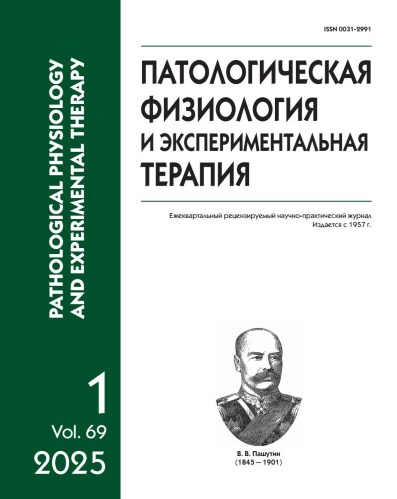Inhibition of LGALS9 gene expression activates T cell-mediated cytotoxicity in renal tumor
Abstract
The search for new approaches to immunotherapy of renal cancer is an urgent task. Solving this problem will improve the quality of treatment and reduce the proportion of patients with immune-mediated adverse events. Thus, the development of new drugs based on the principles of RNA interference is promising for expanding the range of therapeutic targets to overcome the immune escape of tumors. One of such targets is the LGALS9 gene. The aims of the study were 1) to evaluate the expression levels of CD274 and LGALS9 genes in samples of renal cancer tissue from patients in Russia and 2) to determine the potential effect of inhibition of LGALS9 gene expression in primary renal cancer cells on enhancing T cell-mediated cytolysis during co-culturing.
Methods. The expression level of CD274 and LGALS9 genes in paired tumor/normal samples was assessed using quantitative PCR. Autologous T lymphocytes were isolated from the whole blood obtained two hours before the start of surgery. Primary cancer cell culture was obtained within two hours after surgery. siRNA was delivered to tumor cells 24 hours before the administration of autologous T lymphocytes. The cytotoxic effect was assessed by RTCA xCELLigence biosensor technology (ACEA Biosciences, USA) after 24 hours of co-culturing.
Results. The study examined 108 paired clinical samples to assess the expression levels. Overexpression of the LGALS9 gene was significantly more frequent than overexpression of the CD274 gene. To investigate gene knockout, siRNAs against LGALS9 and CD274 were developed. Cell co-culture experiments showed that T cell-mediated cytolysis could be activated by the addition of siRNA-loaded liposomal complexes to the cell culture.
Conclusion. The study results evidenced a therapeutic potential for co-suppression of the LGALS9 gene expression in renal tumor cells to activate the cytotoxic action of T lymphocytes.






